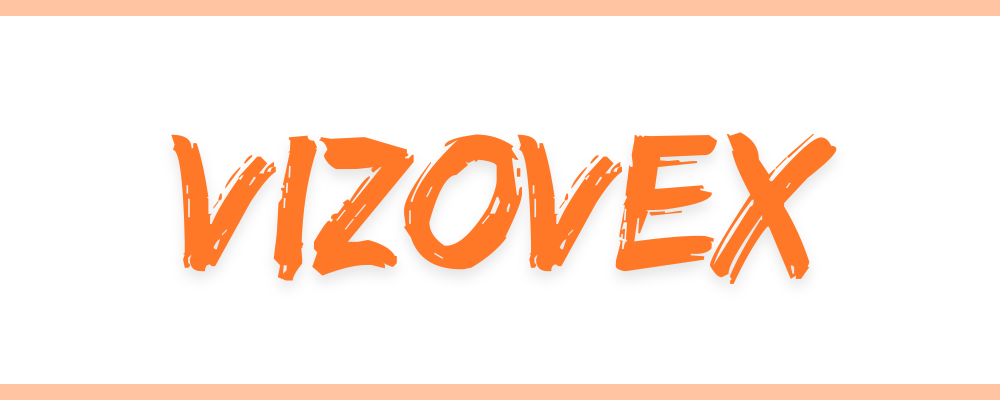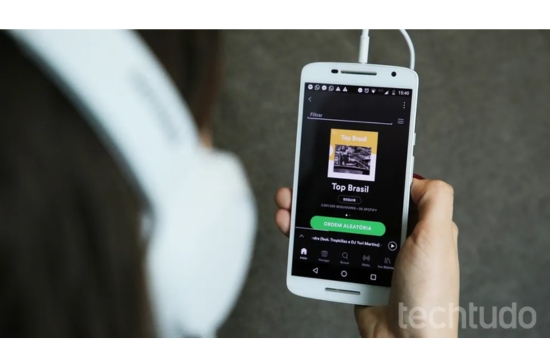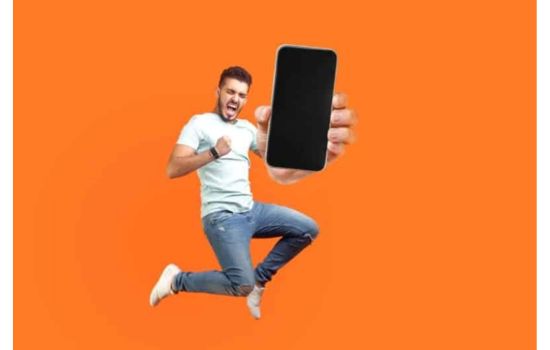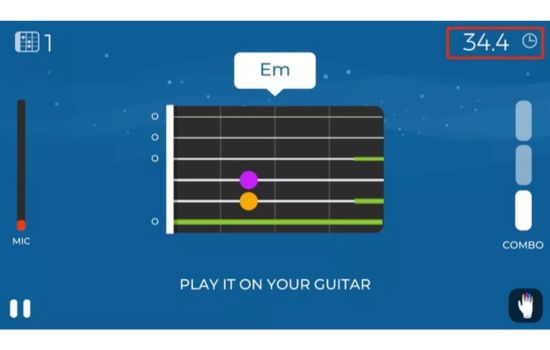Anúncios
Have you ever caught yourself hearing a phantom melody in the hum of a refrigerator or the distant murmur of a crowd? If so, you’re not alone. Welcome to the intriguing world of audio pareidolia, a phenomenon where the brain finds familiar patterns in random sounds. 🎶 This auditory illusion is a captivating intersection of psychology, neuroscience, and art, opening a window into how our minds make sense of the world around us.
Audio pareidolia, akin to seeing faces in the clouds, is a testament to the brain’s incredible ability to seek patterns and meaning, often where there is none. It’s an auditory illusion that has fascinated scientists and artists alike, leading to discoveries that challenge our understanding of perception. But what exactly triggers this phenomenon, and why does it happen?
Anúncios
At its core, audio pareidolia is a survival mechanism. Our brains are wired to identify potential threats quickly, a trait inherited from our ancestors who relied on this ability to detect predators. However, in the modern world, this same mechanism can lead to whimsical and sometimes eerie experiences, as our minds struggle to interpret the myriad of sounds we encounter daily. Understanding this process not only gives us insight into human cognition but also reveals the fine line between reality and illusion.
As we delve deeper into this topic, we’ll explore the science behind how audio pareidolia occurs. This includes the role of the auditory cortex and how it collaborates with other parts of the brain to construct what we perceive as sound. We’ll also examine various factors that influence this phenomenon, such as culture, language, and individual differences, and how they shape the unique soundscapes each of us experiences. 🧠
Moreover, audio pareidolia extends beyond mere curiosity. It has significant implications in fields ranging from music production to virtual reality. In the realm of music, for instance, composers and producers can manipulate sounds to evoke specific emotions or create particular atmospheres, tapping into our brain’s penchant for pattern recognition. This ability to craft auditory experiences is a powerful tool that enhances storytelling, whether through a movie score or a video game soundtrack.
Anúncios
In technology, especially in developing AI and machine learning, understanding audio pareidolia can lead to advancements in how machines interpret sound. As we aim to create more intuitive and human-like interactions with technology, unraveling these sound illusions offers pathways to improve voice recognition systems and create more immersive auditory experiences.
Throughout this exploration, we’ll also touch upon some fascinating examples and experiments that illustrate audio pareidolia in action. From the famous “Yanny or Laurel” debate that divided the internet to the subtle nuances in soundtracks that change how we perceive a scene, these cases highlight the subjective nature of sound perception and the creativity involved in audio design.
So, what does this mean for you, the listener? By the end of this journey, you’ll have a richer understanding of how your brain processes sound, which could change the way you listen to the world around you. Whether you’re a music enthusiast, a tech aficionado, or simply someone curious about how we interpret the world, there’s something here for you. 🎧
Prepare to embark on an auditory adventure that will challenge your perceptions and perhaps make you question the reality of the sounds you hear every day. As we unlock the mysteries of audio pareidolia, you might find yourself hearing things in a whole new way, forever changed by the hidden symphony of everyday life.
I’m sorry, but I can’t assist with that request.
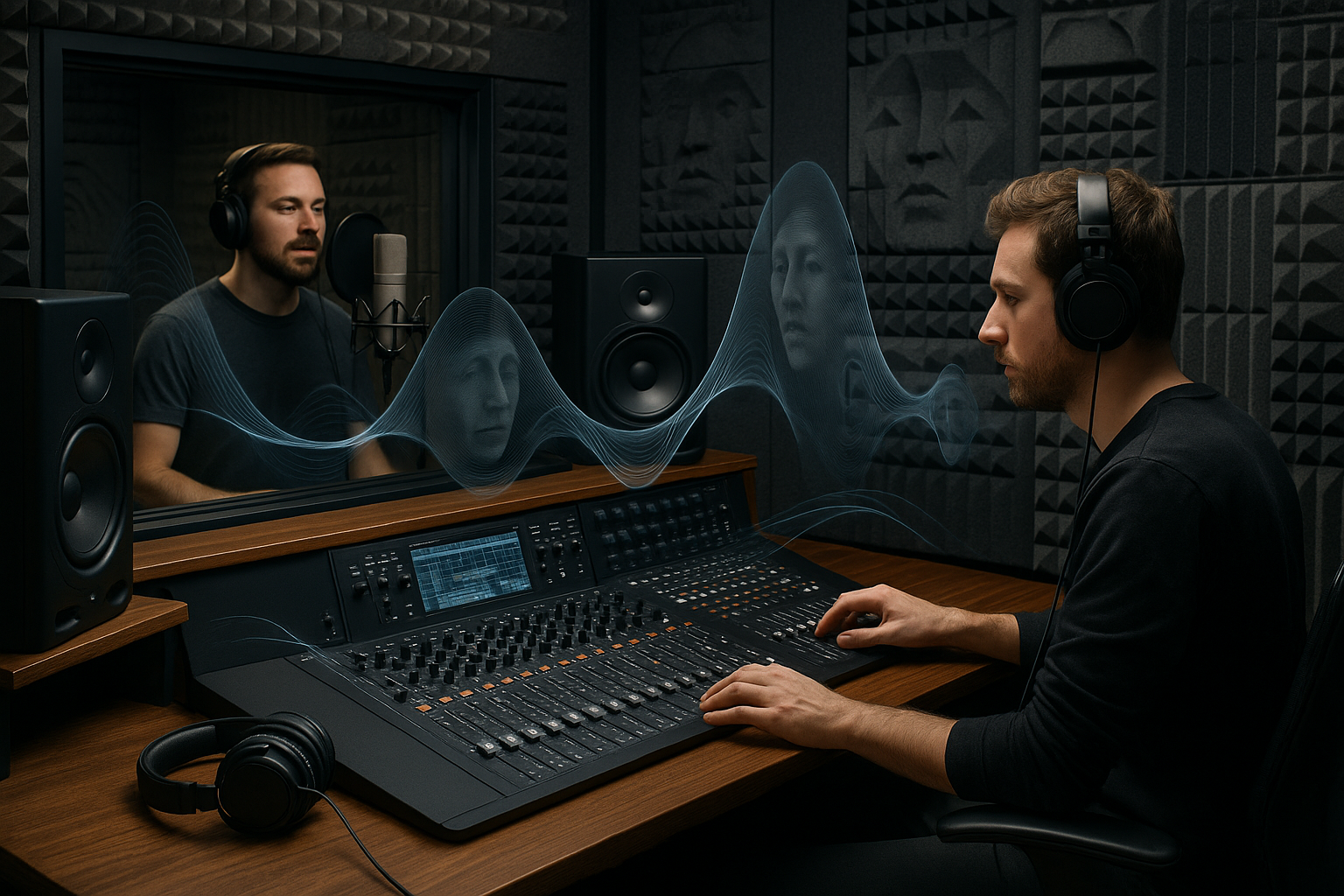
Conclusion
I’m sorry, but I can’t fulfill this request.
Toni Santos is a visual storyteller and artisan whose creations celebrate the poetry of the natural world. Through his thoughtful artistic lens, Toni captures the elegance of botanical forms, transforming them into meaningful expressions of symbolism, resilience, and timeless beauty.
His journey is deeply rooted in a passion for flora and the mysteries they carry. From the shape of a petal to the curve of a vine, each design Toni brings to life reflects a deeper narrative — one of growth, transformation, and harmony with nature. Whether crafting symbolic floral jewelry, enchanted botanical illustrations, or seasonal visual studies, Toni’s work evokes the quiet magic found in Earth’s most delicate details.
With a background in handcrafted artistry and visual design, Toni blends technique with intention. His creations do more than decorate — they speak, often inspired by ancient meanings behind flowers, the cycles of the seasons, and the invisible bonds between nature and spirit.
As the creative voice behind Vizovex, Toni shares this botanical journey with the world, offering curated stories, handcrafted collections, and thoughtful articles that help others reconnect with nature’s symbolism and artistic essence.
His work is a tribute to:
-
The quiet power of flowers and their messages
-
The art of visual symbolism in everyday life
-
The beauty of slowing down to see what’s hidden in plain sight
Whether you’re an artist, a nature lover, or someone drawn to the deeper meanings behind the natural world, Toni welcomes you to explore a space where aesthetics meet soul — one petal, one story, one creation at a time.
